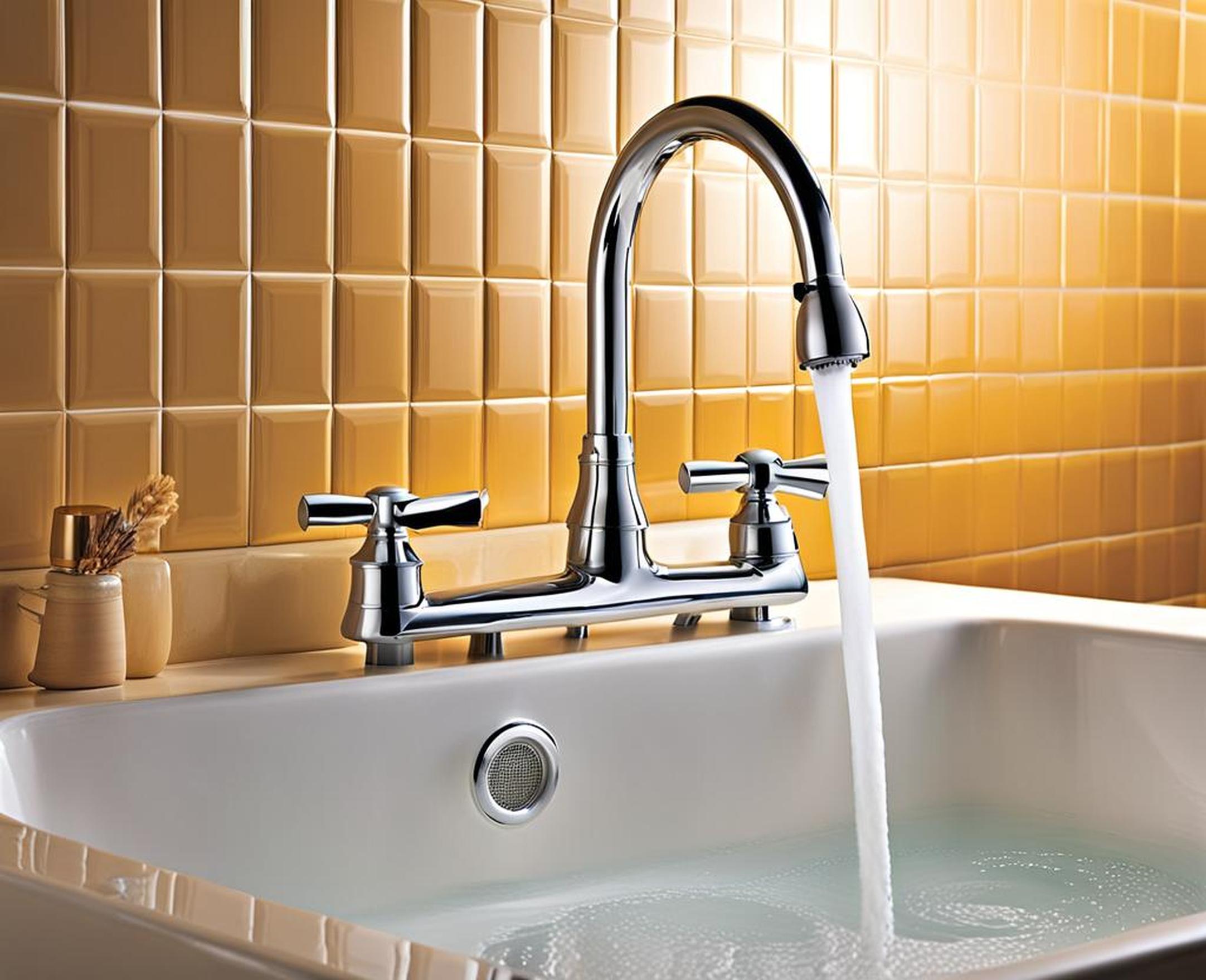Having hot water work intermittently in your home can be endlessly frustrating. You turn on the faucet expecting a steady stream of hot water for your morning coffee or shower, only to get a disappointing trickle of lukewarm water. The problem likely stems from your plumbing system rather than a faulty water heater if hot water flows fine in some parts of your house but not others. With some targeted troubleshooting and minor repairs, you can get all your faucets delivering hot water again without calling in a plumber.
When hot water fails to reach all your fixtures evenly, it’s time to do some detective work. Begin by mapping out exactly which faucets have little to no hot water. Check all sinks, showers, and bathtubs throughout the house. Note if there is a complete lack of hot water or if the temperature is just low. Try to remember when you first noticed the issue – was it a sudden or gradual change? This can provide clues if it started after recent plumbing work or has worsened slowly over time.
Check Your Water Heater Operation
Before diving into the plumbing system, inspect your hot water heater. Locate the tank and examine it carefully for any signs of leaks, unusual noises, or corrosion. Test the water temperature at both the front inlet pipe and rear outlet pipe – if there is a big difference, your heating elements may need replacing. Check that the thermostat is set to at least 120degF. Clean the burner assembly if you have a gas water heater. With an electric heater, make sure the heating elements are fully submerged.
Test Thermocouple and Thermostats
Malfunctioning thermostats or thermocouples could prevent your water heater from heating properly. The thermostat controls temperature while the thermocouple shuts off the gas valve or heating element if the pilot light goes out. Use a multimeter to check both parts for defects. If the water heater itself seems to be working fine, move on to inspecting your plumbing.

Check for Sediment Buildup
Over time, mineral deposits and sediment can accumulate at the bottom of the water heater tank. This buildup insulates the water from the heating source. Drain 1-2 gallons from the tank’s spigot and check for debris. Flush the tank annually to prevent sediment buildup. Replace the anode rod if it is excessively worn down.
Inspect the Plumbing Supply Lines
With the water heater eliminated, turn your attention to the hot water supply lines. Check the pipes leading from the heater to problem faucets for blockages. Feel along the pipes for any hot spots, which can indicate trapped debris. Thumping noises as water flows can also point to obstructions.
Remove and Clean Faucet Aerators
Mineral scale and sediment often collect in faucet aerators, restricting flow. Unscrew the aerator at the tip of faucets with hot water problems. Rinse out any debris. Soak overnight in vinegar if needed to dissolve stubborn deposits. Replace with new low-flow aerators.
Check For Kinks or Crimps
Inspect the water lines for any kinks, crimps, or crushed areas that may be blocking water flow. Straighten any damaged supply lines if possible or replace if necessary. Also look for loose fittings that could leak when pressurized. Tighten any loose connections.
Clear Blockages Room by Room
To isolate supply line clogs, use targeted flushing. Turn off water to one problem area and open the lowest hot water faucet there. Turn the water back on to forcefully flush backwards. Repeat for all affected fixtures. For tough clogs, try descaling the supply lines with a vinegar solution or snaking the pipes.
Replace Faulty Faucet Cartridges
If flushing doesn’t restore hot water flow, the faucet cartridge could be faulty. Remove the cartridge from the faucet body and check for wear, debris, or scaling. Soak in vinegar if needed. Replace cartridges over 5 years old. Adjusting cartridge screws can also improve hot/cold water mix.
Adjust Temperature Balance Valves
If low hot water temperature is isolated to one fixture, adjust the temperature balance valve behind the shower trim or under the sink. Turning the valve counterclockwise increases hot water flow. Replace valves that cannot be adjusted to properly balance hot and cold.
Call a Professional for Extensive Issues
If you have inspected every faucet and attempted flushing and repairs to no avail, the problem may require a professional. Plumbers have high-power tools to effectively clear mineral blockages and can replace buried supply lines. They can also service complex home recirculation pumps. Call in experts if your water heater shows signs of tank failure or sediment buildup requiring complete flushing.
Prevent Future Problems with Maintenance
To avoid dealing with spotty hot water issues again, establish preventative maintenance habits. Drain water heaters annually to clear sediment. Install water softeners if you have hard water. Use pipe insulation to prevent heat loss in long supply lines. Keep aerators and valves clean. With proactive care, your hot water can flow consistently and reliably for years to come.
Getting hot water working in all your home’s faucets again simply takes some detailed troubleshooting and targeted repairs. Map out which fixtures are affected and systematically inspect supply lines and valves. In most cases, flushing debris from pipes or replacing worn faucet parts can quickly restore hot water. If the root cause is localized, a few simple fixes room by room will get your hot water flowing evenly once more. But for pervasive issues or water heater problems, rely on a plumbing professional. With a strategic approach, you can eliminate frustrating inconsistencies in hot water temperature and pressure between faucets.
